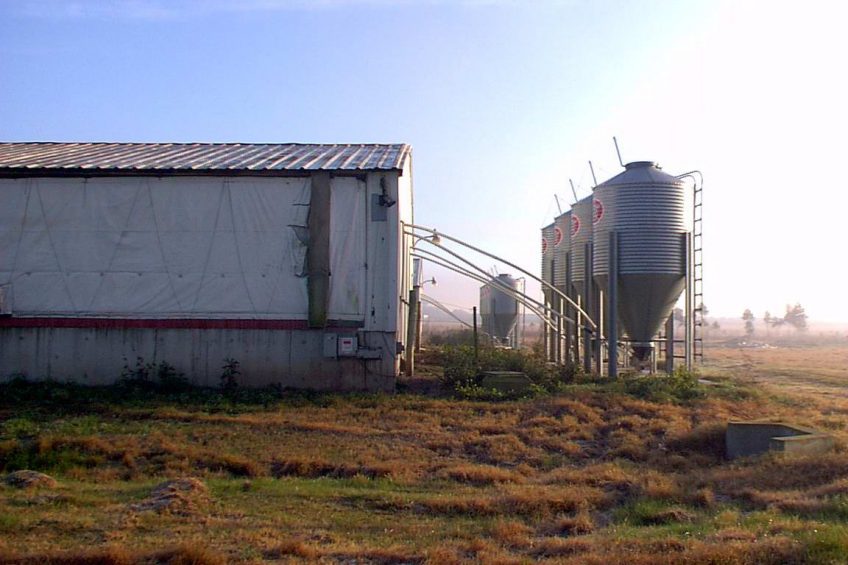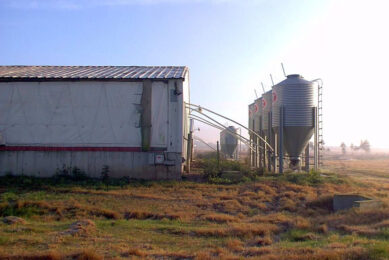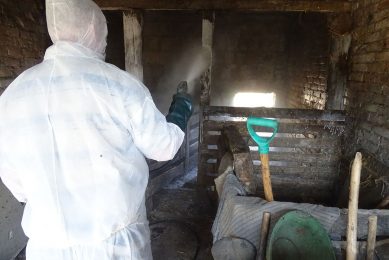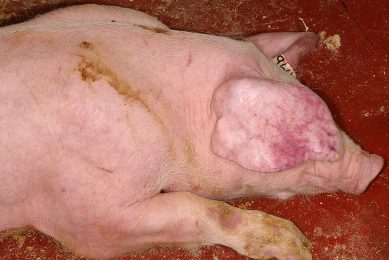Uruguay confirms first occasions of subclinical PRRS

For the first time, Porcine Reproductive and Respiratory Syndrome (PRRS) has been found on swine farms in Uruguay. In total, the virus was found on farms in 2 provinces.
According to the Uruguayan ministry for livestock, agriculture and fisheries (MGAP), this is the first time that this OIE-listed disease has been confirmed in Uruguay.
Although the outbreaks were discovered late May, they were only reported to the World Organization for Animal Health (OIE) late July, 2017. The animals turned out to have been subclinically infected. The infection was discovered in the framework of academic investigation about porcine viruses, and confirmed through indirect ELISA and RT-PCR testing.
Find out all there is to know about pig health using Pig Progress’ unique Pig Health Tool
PRRS infected farms were far from each other
The farms were relatively far from each other. On one location in Salto department, in the north of Uruguay, 4 animals were found infected. The other location was in Canelone department, in the south of the country, where 8 animals were confirmed positive for PRRS.
An epidemiological investigation was started in the affected premises, as well as in pig farms that imported breeding pigs in the last 10 years. Sampling will continue in slaughterhouses.
Earlier trials to PRRS in Uruguay
The United States-based Swine Health Information Center also spoke to Dr Daniel Correia-Lima-Linhares, Iowa State University, who was involved in earlier trials to detect diseases. He confirmed PRRS had not been found at earlier occasions, in 2000 and between 2014-2016.
He commented on the fact that in Uruguay, genome sequencing is used to figure out the origin of the virus. He said, “Internally in Uruguay, production systems and genetic companies are testing their flows to determine if they are positive or negative.”
He continued to say, “They are starting to discuss whether to pursue elimination or not. Even though it is PRRS, it appears non-virulent, perhaps vaccine-like. Since they are not seeing clinical signs, they could argue it’s not a clinically important event at this time.”











